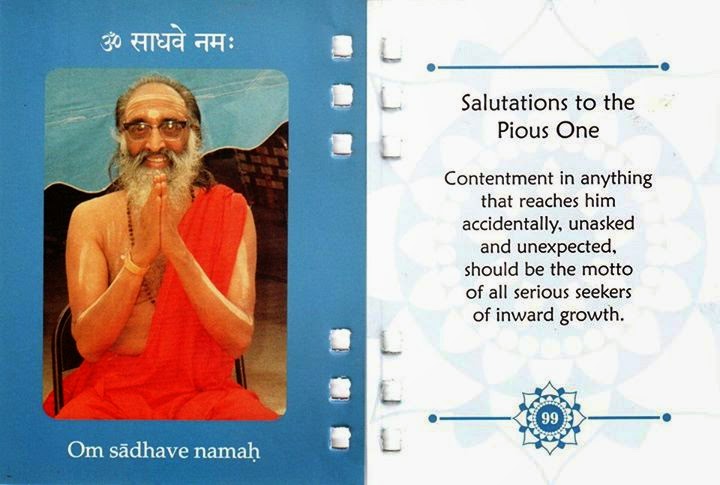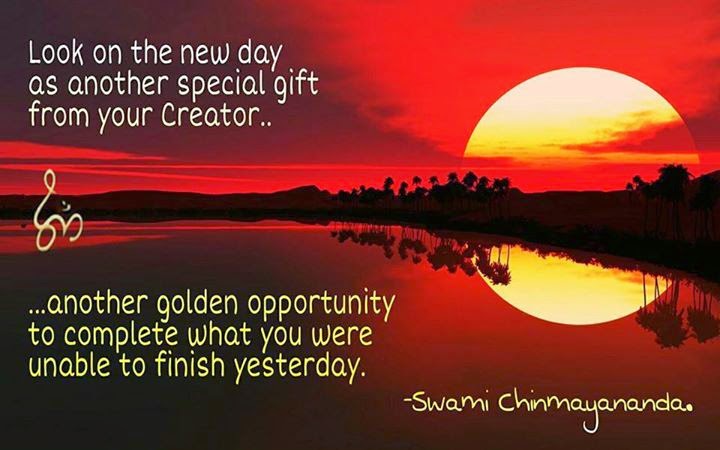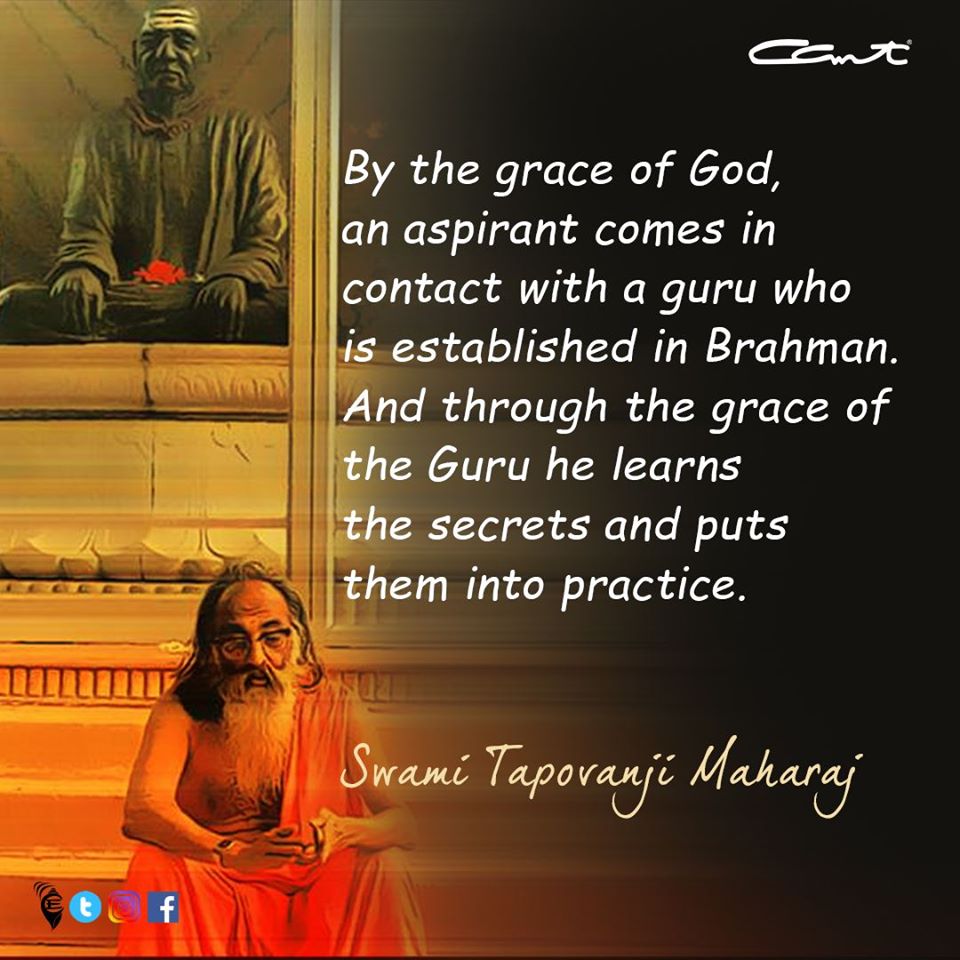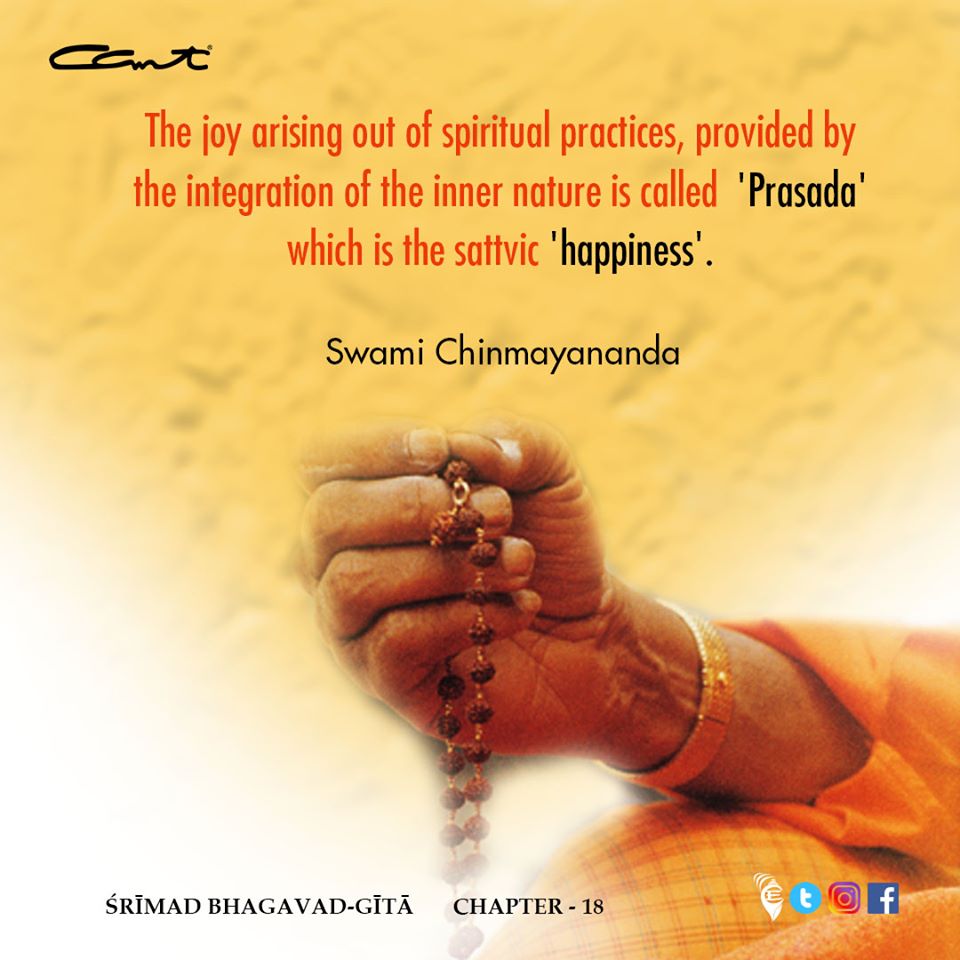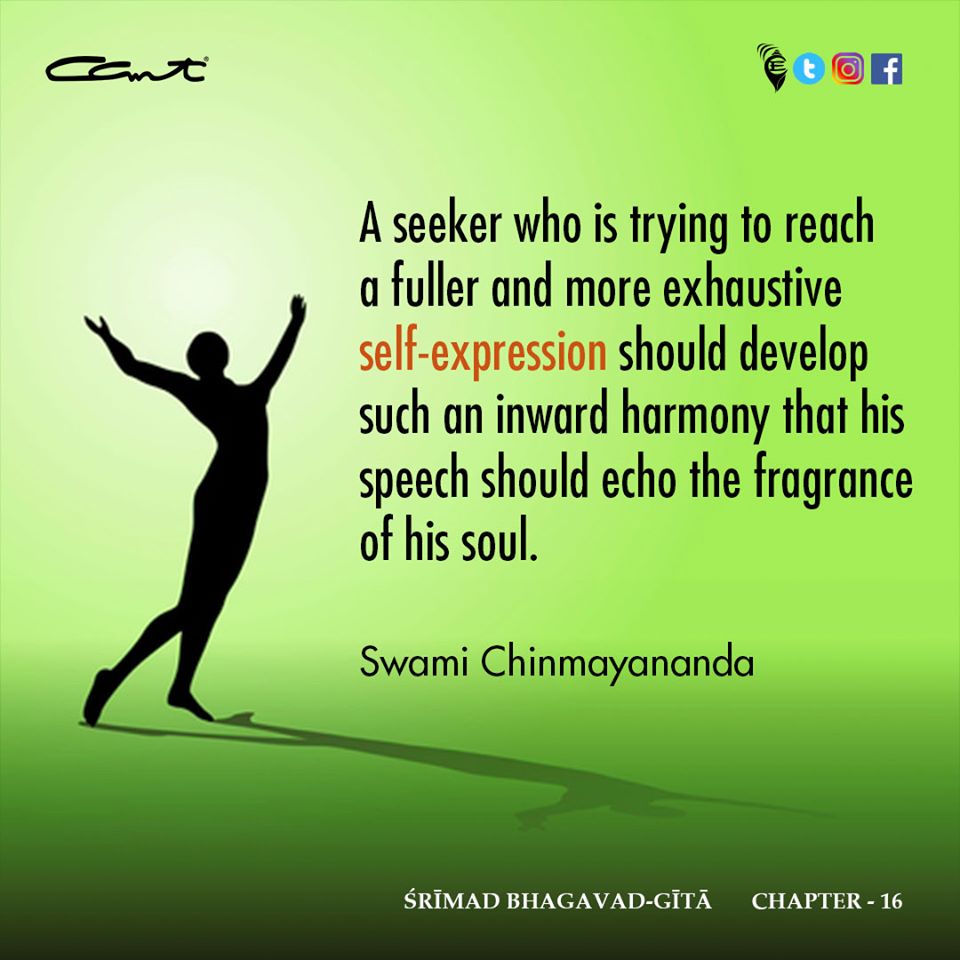The Eternal Ashwattha-Tree - Sri Aurobindo

======================================================================== ======================================================================= 01/01/2020. Sri Aurobindo translates Katha Upanishad, Second Cycle: Third Chapter, Verse 1: ====================================================================== “Yama speaks: ‘This is an eternal Ashwattha-tree whose root is above, but its branches are downward. It is He that is called the Bright One and Brahman, and Immortality, and in Him are all the worlds established, none goes beyond Him. This is That thou seekest.’ “ The image of the Ashwattha-tree, representing the source and development of life, appears also in the Bhagavad Gita. The tree, known variously as the Peepul tree, the Bodhi Tree, the Ficus religiosa, is considered to be a sacred tree in India. The physical tree, of course, is rooted in the earth and expands upwards; but the Upanishad (and the Gita) reverse this normal order and have...






